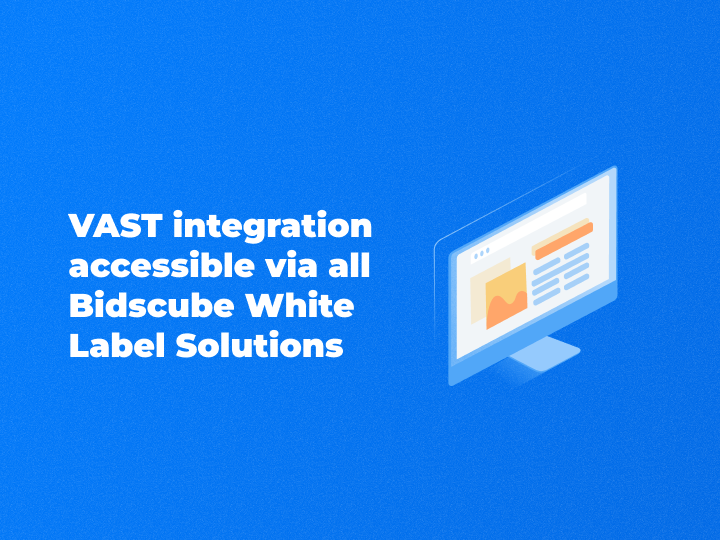White-Labeled SSP is the all-in-one platform that allows you to resell traffic from your publishers or own supply using the most wanted ad formats.




Supply Side
Platform
Run more formats, and earn more cash. Our white-label supply-side platform ships with a universal VAST adapter that connects every video player in minutes and keeps media management smooth.
We built a future-ready supply-side platform software that hands full control to publishers. You watch bids flow in real time, set your own price floors, and redirect traffic with one click.
The dashboard stays light, yet the engine clears 3.5 million requests per second without breaking a sweat. It is the best supply-side platform software for teams that need a truly customizable SSP solution.
-
85% to 100%
The fill rate that we provide to publishers -
3,200,000
Of users' impressions running -
100%
Of traffic checked by built-in scanners
All possible formats&devices to deliver ads
-
Banner
-
Video
-
Native
-
Audio
-
Connected TV
-
Desktop
-
Mobile
Explore BidsCube SSP features
Receive real-time data and control your inventory with the next-step level of efficiency
Increase your video advertising results with a built-in VAST Adapter
We are carefully choosing demand channels among reputable advertisers
Manage ad inventory in the most effortless and manageable manner possible
Easy&Stable integration solutions

BidsCube provides only proven solutions to maximize your profit! Our development team has invested much effort in providing maximum coverage for various connection methods.
-
MoPub [AppLovin]
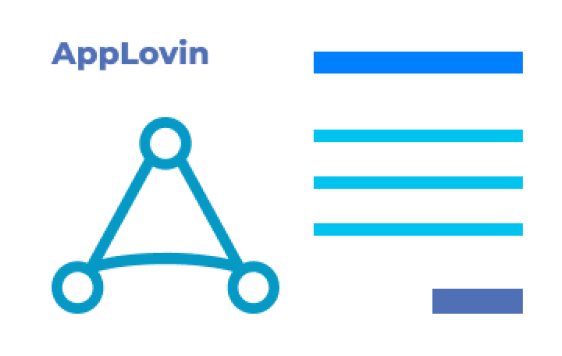
full ad format support
-
VAST tags
for audio&video, CTV
-
JavaScript tags
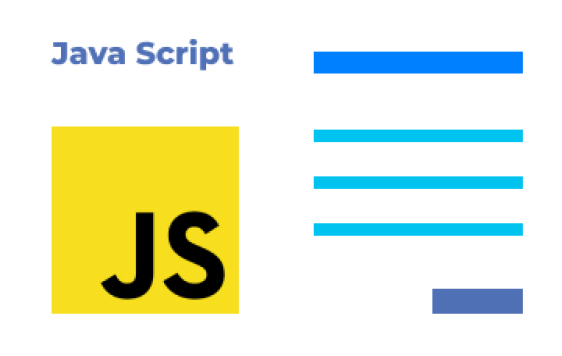
for banners
-
Header bidding
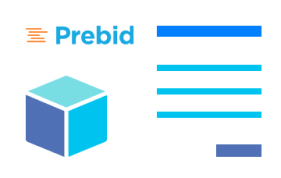
full ad format support
-
Prebid SDK
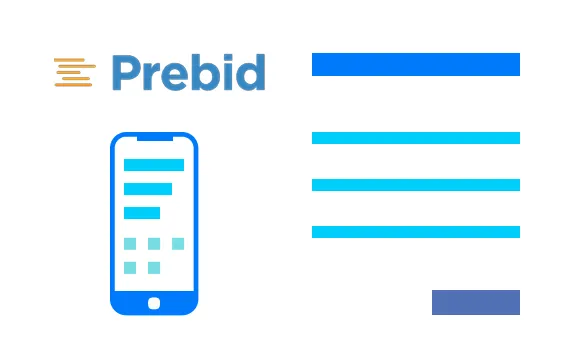
full ad format support
Monetize your publisher’s supply even more efficiently with White-Label SSP
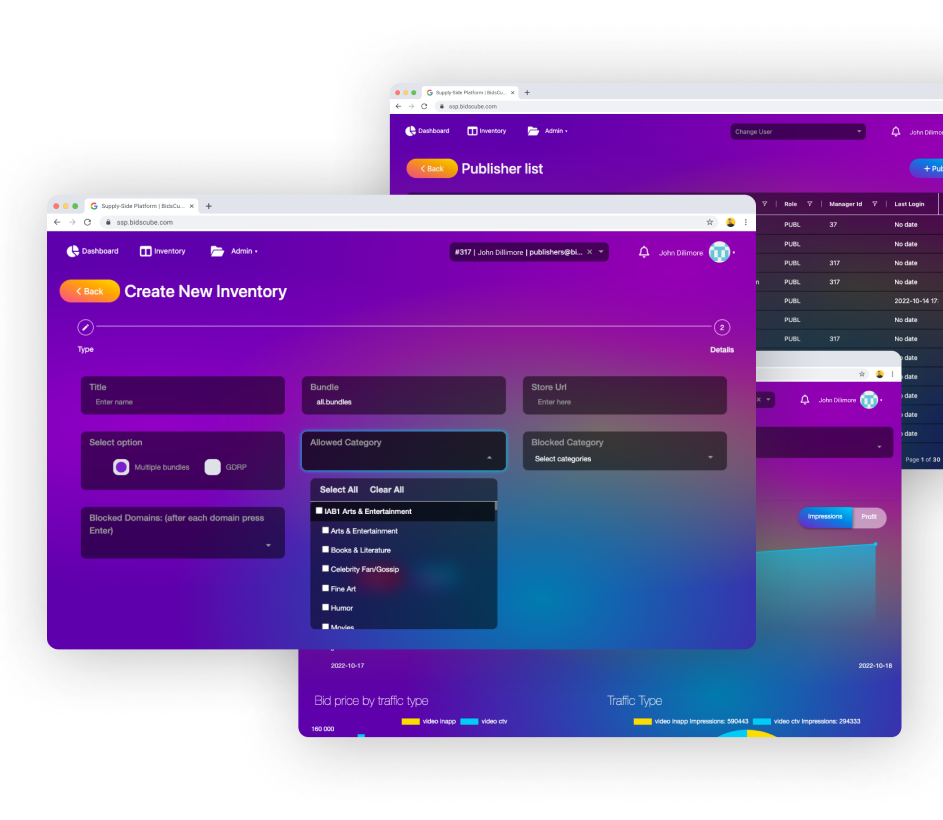
Instead of an expensive and lengthy process of in-house software development, the BidsCube white-label SSP solution will save you money and time and gives you an ultimate package of tools to increase your revenue from day one!
Take full control of your direct publishers or inventory management and monetizing process. With BidsCube SSP, you can establish your terms to maximize your revenue and create the most profitable cooperation with partners.
We are constantly upgrading our products to actual market needs and adding market-leading technology! VAST Adapter allows you to integrate video and audio advertising, namely the main and most profitable trends of the coming years.
By trading exclusively within the secure BidsCube Community environment, you can work with top partners without additional fees and commissions to get even better results!
-
Financial security
100% secure space for all participants -
Direct trading
+250 supply and demand partners -
2ms response time
Trade at unthinkable speed
How does BidsCube Ecosystem work?
All our products are connected and integrated to create the most profitable connection between publishers&advertisers, white-label programmatic partners, and AdTech companies. BidsCube Ecosystem's core goal is to increase the value of every member, depending on his needs!

-
Confidentiality is crucial
By maintaining this clear division, we safeguard the integrity and privacy of your data. Our team operates within this framework, with no access granted to your sensitive information. This steadfast commitment to data protection forms the foundation of our ethos, guiding every decision we make. -
Data Protection as Priority
Ensuring the security of your data is our foremost concern. We uphold a stringent barrier between your personal information and our day-to-day operations, guaranteeing a workspace free from any potential conflicts. This approach underscores our commitment to prioritizing your requirements above all else. -
Your Peace of Mind
Rest assured, your data is handled with the utmost care and discretion. Our unwavering dedication to preserving this separation reflects our unwavering pledge to safeguard your privacy and security. Your trust is of utmost importance to us, and we continuously strive to maintain it through transparency, diligence, and a steadfast focus on your data's confidentiality.
POPULAR QUESTIONS
-
What is a white label SSP platform?
-
How can the BidsCube SSP maximize my ad revenue?
-
What customization options are available with the BidsCube White Label SSP?
-
Is there technical support available for BidsCube SSP users?
-
What reporting capabilities does the BidsCube SSP offer?
-
What level of user access control does the BidsCube SSP provide?
-
Can the BidsCube White Label SSP be customized for different market needs?


